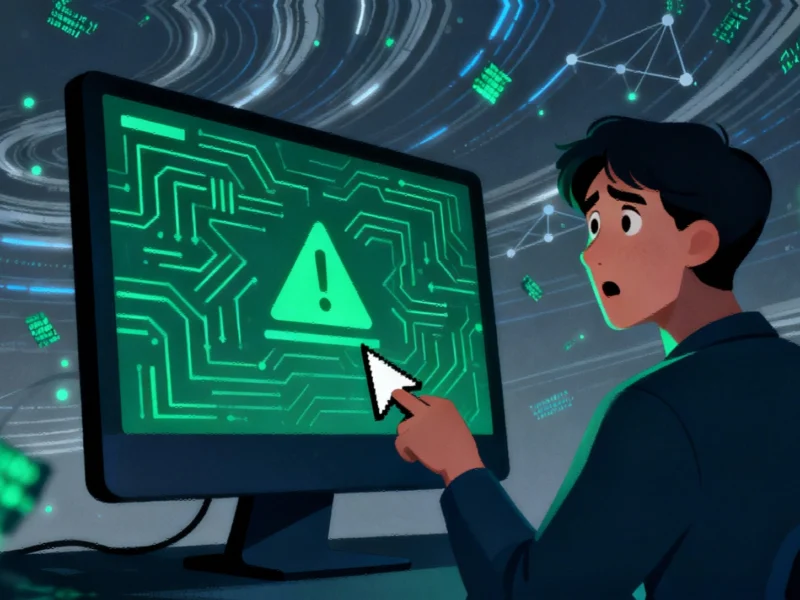Regulatory Action Targets WhatsApp and Pinterest
Coimisiún na Meán, Ireland’s media commission acting under EU authority, has formally identified WhatsApp and Pinterest as platforms “exposed to terrorist content” under the Terrorist Content Online Regulation (TCOR). This designation follows similar findings against TikTok, X, Instagram, and Facebook last year, signaling escalating regulatory pressure on major digital platforms to combat extremist material.
The determination means both platforms must now implement specific protective measures and report back to the regulator within three months detailing their compliance actions. The government body will closely monitor and assess the effectiveness of these mitigation strategies, with potential consequences including substantial fines for non-compliance.
Understanding the Terrorist Content Online Regulation
Under the EU framework, terrorist content encompasses a broad range of material, including glorification of terrorist acts, advocacy of violence, solicitation or abetment of terrorist activities, and instructions for creating weapons or hazardous substances. The TCOR empowers regulators to mandate removal of such content within one hour of issuing a removal order.
Service providers receiving two or more final removal orders from EU authorities within a year automatically qualify for the “exposed to terrorist content” designation. Failure to comply with removal orders can result in penalties of up to 4% of global turnover, creating significant financial incentive for prompt action.
Expanding Regulatory Oversight
The media watchdog confirmed it continues to supervise the four platforms previously identified—TikTok, X, Instagram, and Facebook—monitoring their progress in addressing content moderation challenges. This sustained oversight reflects growing regulatory consistency in digital governance across the European Union.
In a parallel development highlighting coordinated regulatory efforts, the Irish Data Protection Commission and Coimisiún na Meán have established a collaborative partnership to enhance online child safety. This cooperation promises improved information sharing and regulatory alignment in the digital space, addressing multiple aspects of online platform accountability.
Technical and Market Context
The timing of these regulatory actions coincides with significant recent technology advancements in platform security capabilities. Enhanced cryptographic methods and improved content detection algorithms could provide technical solutions to the challenges facing social media platforms.
Meanwhile, the regulatory landscape continues to evolve amid complex market trends affecting digital services. Companies must balance compliance requirements with competitive pressures in an increasingly regulated environment.
European businesses are navigating these challenges while seeking strategic advantages, as evidenced by industry developments in the regional digital economy. The intersection of regulation, technology, and market dynamics continues to shape how platforms address content moderation responsibilities.
Broader Implications for Digital Platforms
This regulatory action represents part of a broader trend toward increased accountability for digital platforms. The EU’s comprehensive approach to online safety demonstrates how regional regulations can influence global platform policies and operations.
As platforms develop more sophisticated content moderation systems, regulators are simultaneously enhancing their monitoring capabilities. This creates a dynamic where technological innovation and regulatory requirements evolve in tandem, potentially leading to more effective solutions for addressing extremist content online.
The coming months will reveal how WhatsApp and Pinterest respond to these specific requirements and whether their mitigation measures satisfy regulatory expectations. The outcomes will likely influence how other platforms approach similar challenges and how regulators refine their enforcement strategies.
This article aggregates information from publicly available sources. All trademarks and copyrights belong to their respective owners.



